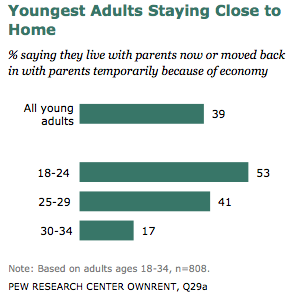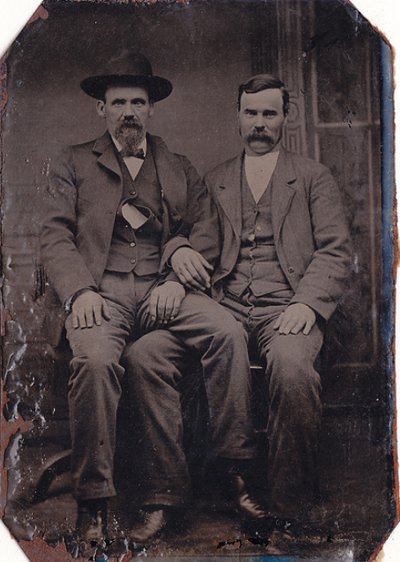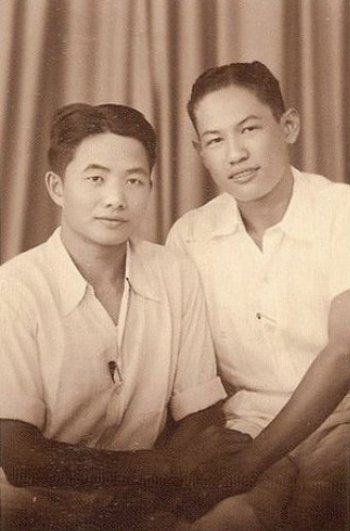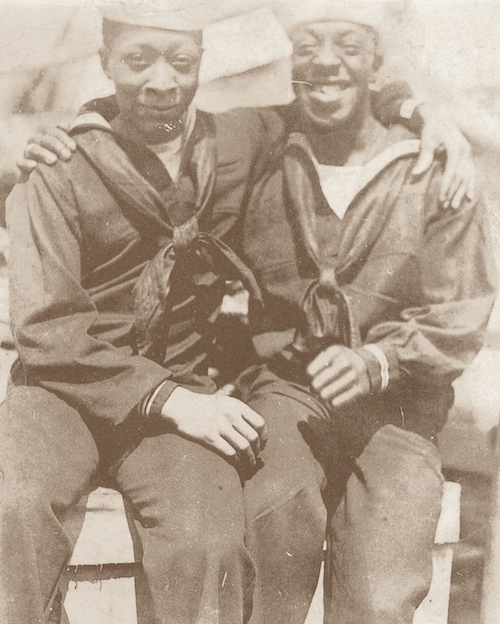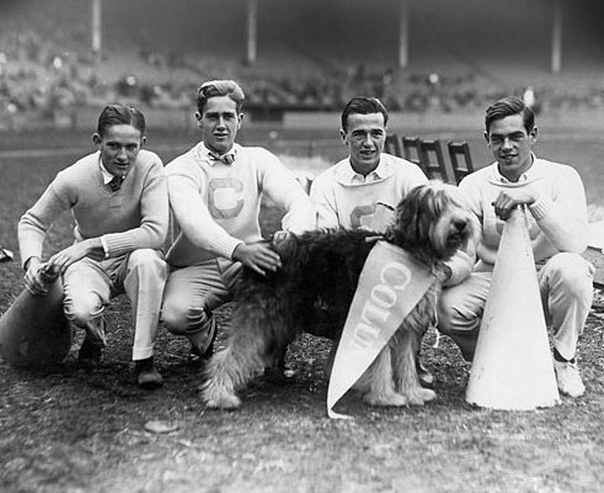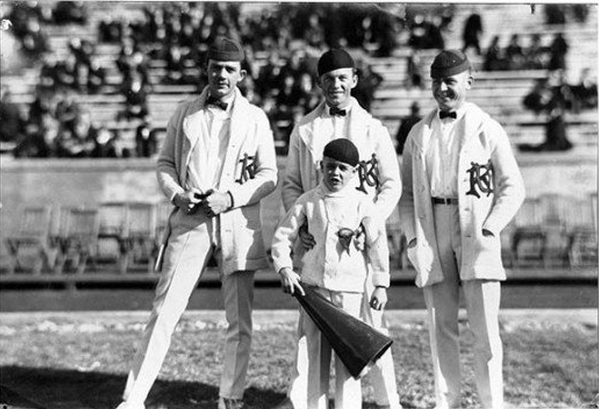For the last week of December, we’re re-posting some of our favorite posts from 2012. Cross-posted at The Huffington Post.
All that rot they teach to children about the little raindrop fairies with their buckets washing down the window panes must go. We need less sentimentality and more spanking.
Or so said Granville Stanley Hall, founder of child psychology, in 1899. Hall was one of many child experts of the 1800s who believed that children needed little emotional connection with their parents.
Luther Emmett Holt, who pioneered the science of pediatrics, wrote a child rearing advice book in which he called infant screaming “the baby’s exercise.” “Babies under six months old should never be played with,” he wrote, “and the less of it at any time the better for the infant.”
Holt and Granville’s contemporary, John B. Watson, wrote a child advice book that sold into the second half of the 1900s. In a chapter titled “Too Much Mother Love,” he wrote:
Never hug and kiss them, never let them sit in your lap. If you must, kiss them once on the forehead when they say goodnight. Shake hands with them in the morning.
…
When you are tempted to pet your child remember that mother love is a dangerous instrument. An instrument which may inflict a never-healing wound, a wound which may make infancy unhappy, adolescence a nightmare, an instrument which may wreck your adult son or daughter’s vocational future and their chances for marital happiness.
With these quotes in mind, it seems less surprising that we put adolescents to work in factories and coal mines.
In any case, it was in this context — one in which loving one’s child was viewed suspiciously, at best, and nurturing care both psychologically and physically dangerous — that psychologist Harry Harlow did some of his most famous experiments. In the 1960s, using Rhesus monkeys, he set about to prove that babies needed more than just food, water, and shelter. They needed comfort and even love. While this may seem stunningly obvious today, Harlow was up against widespread beliefs in psychology.
This video shows one of the more basic experiments (warning, these videos can be hard to watch):
The need for these experiments reveals just how dramatically conventional wisdom can change. The psychologists of the time needed experimental proof that physical contact between a baby and its parent mattered. Harlow’s experiments were part of a revolution in thinking about child development. It’s quite fascinating to realize that such a revolution was ever needed.
Special thanks to Shayna Asher-Shapiro for finding Holt, Hall, and Watson for me.
Lisa Wade, PhD is an Associate Professor at Tulane University. She is the author of American Hookup, a book about college sexual culture; a textbook about gender; and a forthcoming introductory text: Terrible Magnificent Sociology. You can follow her on Twitter and Instagram.



